Of course, eye safety is a major concern when dealing with any laser, especially one of this class. It is highly recommended to integrate a safety delay in class 4 lasers. This is where we decided to use a PIC10F200. The turn-on signal and key switch are used as inputs. Outputs are tied to a buzzer and the PS_ON of an ATX power supply. The PIC gives us some additional flexibility over a traditional 555 circuit and does it using less components. It can also be argued that it is more reliable.
Eagle Pair 190 - 540nm laser safety glasses were worn at all times during laser operation. Purchase them from http://survivallaser.com and have enough on hand for everyone who will be viewing the device in operation. Never look directly into the laser beam, even with the safety glasses on. They are for protection against reflections and momentary strikes only and do not protect against direct sustained impingement. DO NOT USE CHEAP EBAY OR AMAZON "SAFETY" GLASSES!!! You only get one set of eyes.
All of the control electronics are integrated into the case of the ATX power supply, leaving only the laser diode itself and cooling fan as external components. I can say now from experience that it is much easier to have all the low voltage electronics in a separate box and go with a 3 piece design.
Diode lasers have much higher divergence and lower output than the CO2 lasers we usually see in cutting machines. To compensate, we must mount the diode very close to the work. Luckily a laser diode is small enough that won't be a problem.
Why not use a CO2 laser then? CO2 lasers have problems of their own. They are bulky, require high voltage and a water cooling loop. Water and electricity are mixing very close together. They are also thin glass and very fragile. Many do not survive a trip through the mail system. Internal misalignment and power fade are also very common. So why are we still using them? It comes down to power density, absorption, and beam quality.
Flexibility of the wiring is also very important. The laser is going to move back and forth many times. Wire breakage could result in replacement of the expensive laser diode. High quality silicone wire is used in the areas where flexing will occur. Flat flex may be even more effective if it can be found with enough traces to carry the >4A of current.
 The Lightning Stalker
The Lightning Stalker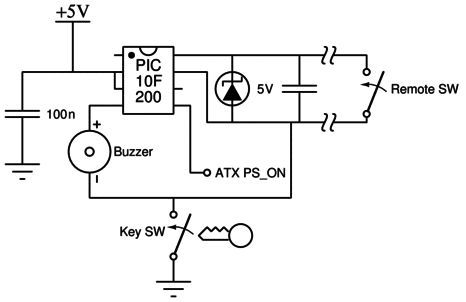

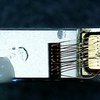


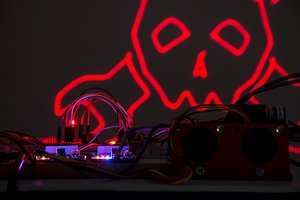
 Cyrille Gindreau
Cyrille Gindreau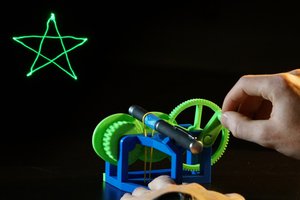
 Evan Stanford
Evan Stanford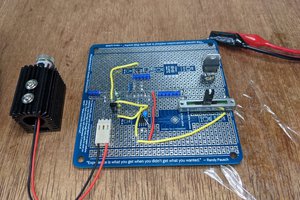
 Alan Green
Alan Green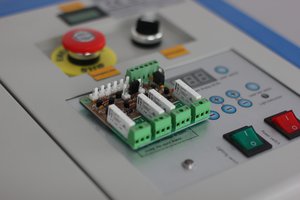
here is Endurance's 8W diode laser: https://www.youtube.com/results?search_query=8w+laser+endurance